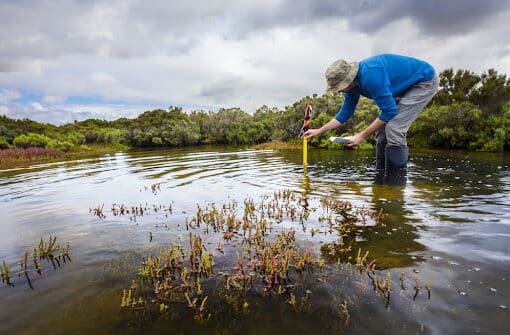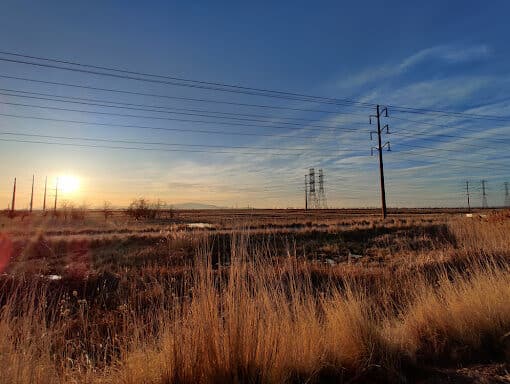National Due Diligence Services excels in providing top-tier site contamination assessments, a crucial process designed to uncover potential environmental hazards on a given property. Leveraging our extensive experience and cutting-edge technology, we investigate the site to identify the source, nature, extent, and potential risks of any contamination.

If you’re using a loan to purchase property, most lenders require one of these assessments to ensure there are no issues with the site, thus meaning their investment is valid and worthwhile. Site contamination assessments are referred to as Environmental Site Assessments (ESA).
A Phase 1 Environmental Site Assessment (ESA) is the first step to identify any potential contaminants that may be present on the property you’re acquiring. This phase is not an invasive assessment. Instead, we gather information from past and present building occupants, historical documents on previous use of the property, and visual inspections of the land. If there appears to be contamination present, a Phase 2 ESA typically will need to be completed to better understand and identify the contamination.
A Phase 2 Environmental Site Assessment (ESA) serves a crucial role by identifying distinct aspects of site contamination. It uncovers the source of contamination, traces it
- Soil investigations
- Water sampling
- Above-ground and underground storage tank testing
- Hazardous materials identification and testing
- Asbestos
- Mold
- Lead-based paint
- Radon
- And more
Site Contamination Examples
Site contamination can result from various activities that can be intended, accidental, or naturally occurring. Some of the most common sources of land contamination are:
- Manufacturing or industrial building sites
- Mineral extraction
- Waste disposal
- Accidental spills
- Illegal dumping
- Leaking underground storage tanks
- Hurricanes or floods
- Pesticide use
- Fertilizer application
Depending on the severity and type of contaminants, exposure to site contamination from these activities can present health and environmental risks. Sites with high levels of contamination and high exposure risk are particularly concerning, and typically need to undergo remediation. Exposure to the hazardous materials found during site contamination assessments can harm humans, wildlife, and ecological systems by contaminating land, air, water, and even indoor environments in overlying buildings. If contaminants can reach waterways, they can settle in sediments and create long-term ecological and health problems that are challenging to remediate.
For these reasons and more, it’s imperative to request a Phase 1 and potentially Phase 2 ESA to confirm that you’re not at risk for acquiring a contaminated property.
How National Due Diligence Services Can Help You
Choosing National Due Diligence Services for your site contamination assessments means choosing the best. Our detailed and professional approach uncovers potential contamination and paves the way forward with actionable next steps. Our reputation as a leader in due diligence services is founded on our commitment to our clients’ needs and our expertise in handling complex scenarios. Contact us today to get started on all of your due diligence needs.




